Contact Stockwell Elastomerics
Request a quote or get more information.
There are many critical applications that require good sealing from gaskets. However, sometimes seals fail. When they do it is good practice to understand why they failed so a better seal can be designed in the future for the application. Outlined below are the top 5 reasons why seals fail and how to overcome these failures.
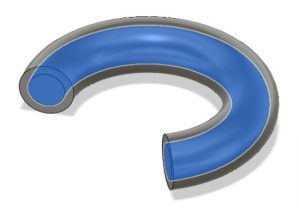
What it looks like: The gasket is larger in volume than it was when installed. Sometimes this is confined to one area of the seal making it look as though it has a lump.
Why it failed: This chemical swell is caused by the incompatibility between the elastomer and the environment it is exposed to. Examples include exposure to: jet fuel, bleach, even vegetable oil may cause swelling in some elastomeric materials. This swelling can lead to loss of physical properties like tensile strength.
How to fix it: Switch the material you are using in this application. Fluorosilicone is a very inert material and can stand up to many different kinds of chemicals like jet fuel.
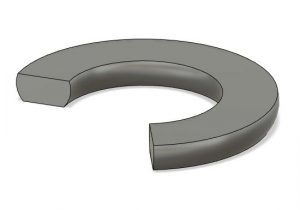
What it looks like: The gasket has a permanent deformation. The gasket has taken the shape of the housing it was installed into and does not go back to its manufactured shape upon load removal.
Why it failed: There could be a few reasons why this seal failed. The material could be over compressed, the environment may be causing chemical swell and thus over compression and mechanical property failure, or the elastomer could have been not fully cured during manufacturing. Some materials will always take a compression set due to the nature of its chemical structure.
How to fix it: Selecting a material with very good compression set properties such as silicone will help ensure compression set does not affect seal performance. Also, make sure the seal design and material selection are right for the application.
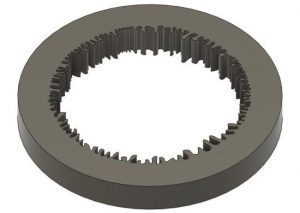
What it looks like: There is one side of the gasket that looks frayed or “nibbled” on. It appears the seal has extruded out of the gland it sits in and has nibbling on the surface that has extruded out.
Why it failed: This is often caused when the gland is overfilled. It is important to keep the gland fill around 80-90%. When it is over filled, the seal will have nowhere to go when it is compressed. The seal will then extrude out of the lower pressure side of the enclosure and the surface of the seal will fail, causing the nibbling.
How to fix it: The solution for this common seal failure is to go back to the seal design. If possible, design the gland to be larger for the seal or redesign the seal to have a smaller volume. Many of our gasket materials come in standard thicknesses, so changing the width of the gasket is the easiest and cheapest way to correct overfill.
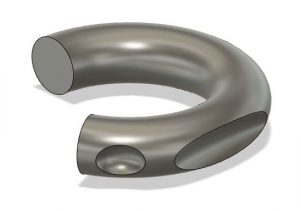
What it looks like: Often referred to as “pock marking”, there will be large notches on the surface of the seal missing when the seal is installed improperly. This is seen mostly on solid elastomer gaskets.
Why it failed: There are a few common reasons that installation can cause damage. Two typical failure modes are overstretching the material when installing or there are metal or rough surfaces of the enclosure that cause surface damage.
How to fix it: It is recommended to never stretch the seal more than 50% of its original diameter to install for solid elastomers. Operators should also take care when installing to not scrape the material on sharp edges. Designers can add chamfers or lead-ins on housings to make installation easier.
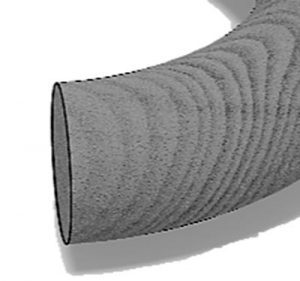
What it looks like: The seal will have radial cracks on the surface of the seal. Sometimes this cracking is localized only to parts that were exposed to high heat, other times it is found on the whole seal. The seal may also have increased in hardness due to high temperatures.
Why it failed: The temperature of the environment the seal was used in exceeded the operating temperature of the material.
How to fix it: Make sure to select a material that can handle the temperatures of the application. Silicone has an operating temperature of up to 500°F which makes it an excellent candidate for many applications.
In summary, these top 5 reasons are why gaskets and seals fail in use, and these tips will help you identify the cause of the problem.
Contact a Stockwell Elastomerics Application Engineer for help with trouble-shooting a failed seal and assistance with selecting and purchasing better, more effective seals and gaskets.
Request a quote or get more information.
